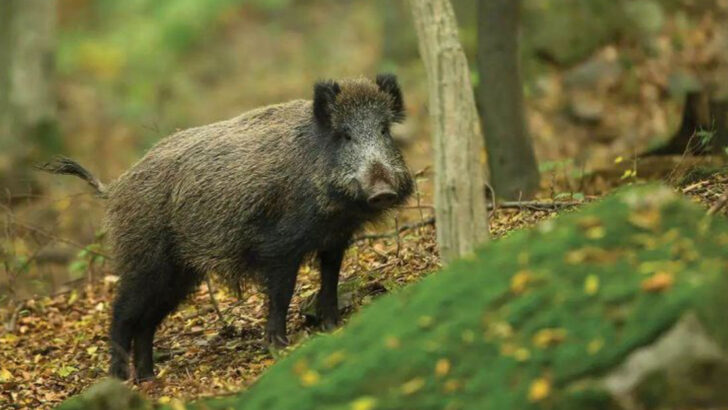Wild boars don’t bluff. If they charge, it’s for real.
They’re not cartoon pigs with cute snorts and curly tails.
They’re muscle, tusks, and pure attitude—especially when surprised.
One wrong move, and you’re dealing with a forest tank on four legs.
Spotting a wild boar in the woods can go from “cool” to “dangerous” in seconds.
They’re fast. They’re unpredictable. And if they feel cornered, they won’t hesitate to come at you.
But panic is your worst enemy.
The good news? Most boar encounters can be walked away from—if you know what to do.
Before you lace up your hiking boots or head off the beaten path, read this.
Here are 10 tips to keep you safe when the wild decides to grunt back.
Stay Calm and Back Away
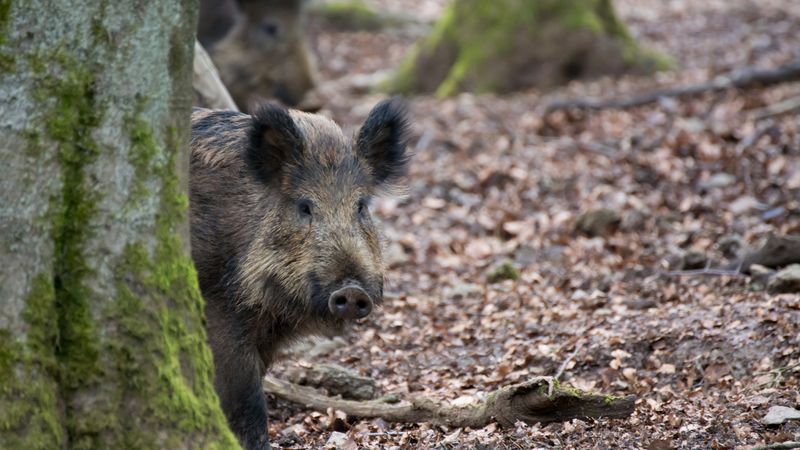
Panic is your greatest enemy when faced with a wild boar. Take a deep breath and maintain a steady demeanor. Slowly retreat while keeping your eyes on the boar. Avoid sudden movements that might startle the animal.
As you distance yourself, be aware of your surroundings. Wild boars are known for their unpredictable behavior, but they often prefer to avoid confrontation. By remaining calm, you increase your chances of a peaceful resolution.
Remember, your goal is not to engage but to create a safe distance between you and the boar.
Find Higher Ground
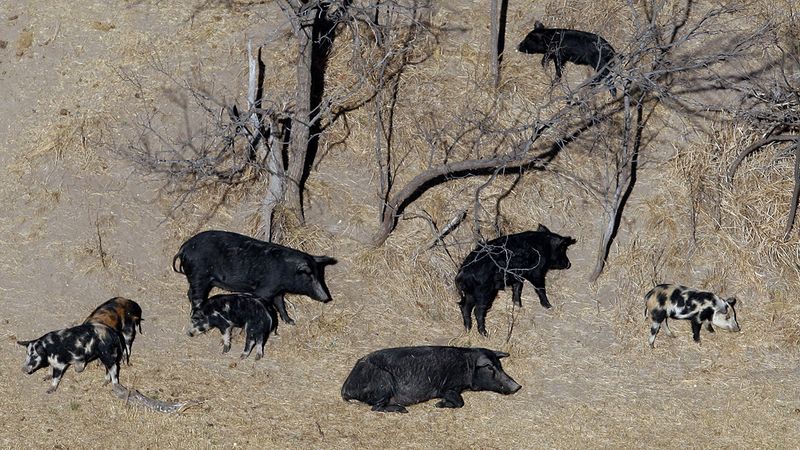
Elevation is your ally in avoiding wild boars. Seek higher ground, such as a rock or incline, to gain a vantage point. This not only gives you a better view but also makes it harder for the boar to reach you.
Climbing provides a strategic advantage, allowing you to assess the situation from a safe distance. Wild boars are less likely to pursue an uphill route.
Ensure your footing is secure before climbing. The idea is to observe without provoking. Being on higher terrain offers both safety and perspective.
Avoid Direct Eye Contact
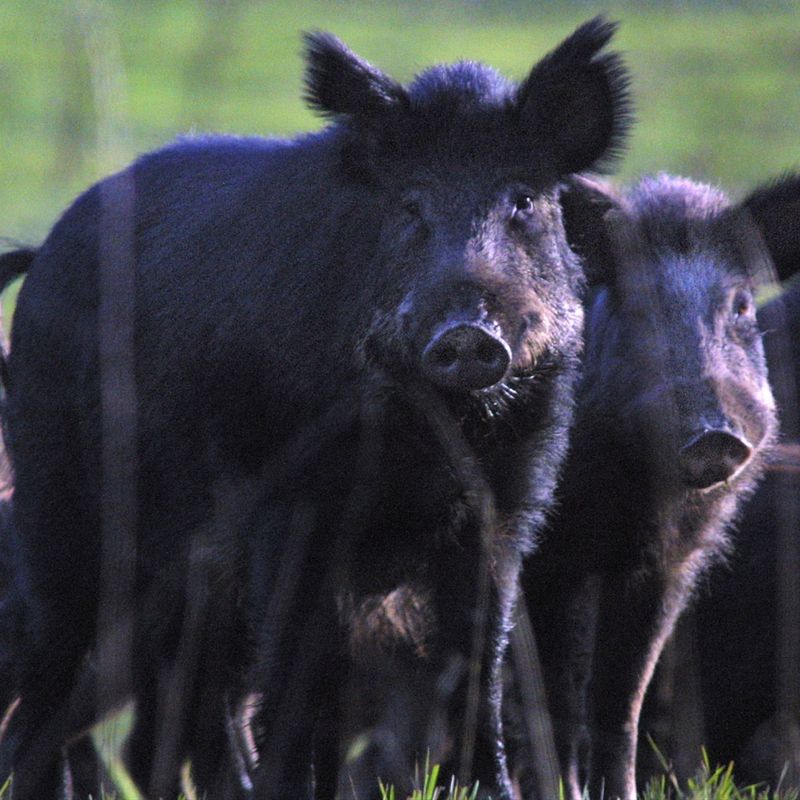
Direct eye contact can be perceived as a challenge by wild boars. Instead, glance occasionally without staring. This subtle approach helps in mitigating any perceived threat.
Use your peripheral vision to monitor the boar’s movements. It’s crucial to appear non-threatening while remaining aware.
By breaking eye contact, you communicate peace. Remember, wild boars are more interested in defending themselves than initiating conflict. Respect their space, and they often reciprocate by moving away.
Use Obstacles Wisely
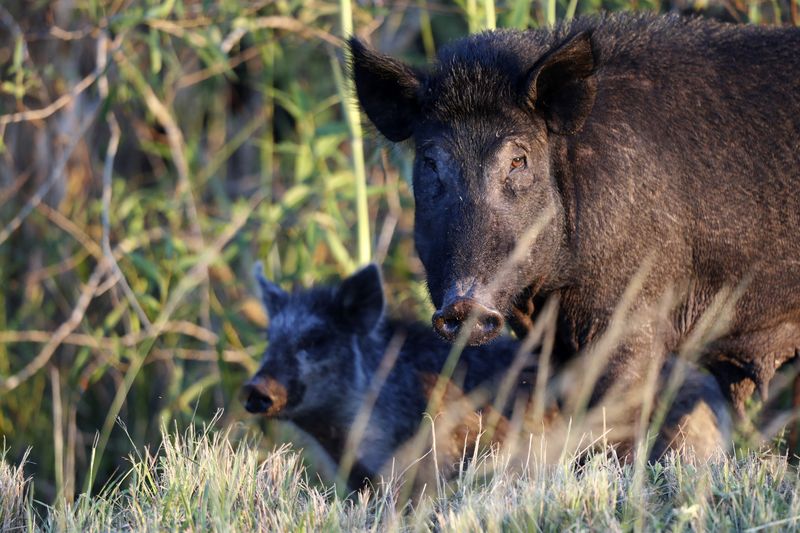
Nature offers natural barriers. Trees, bushes, and rocks can be helpful in creating a physical barrier between you and a wild boar. Position yourself with an obstacle in between.
This not only shields you but also calms the animal by breaking the direct line of sight. Obstacles can deter a boar from approaching too closely.
Be mindful of your surroundings, using the environment to your advantage. A well-placed barrier can provide a sense of safety and help in de-escalating potential aggression.
Make Noise, but Not Aggressively
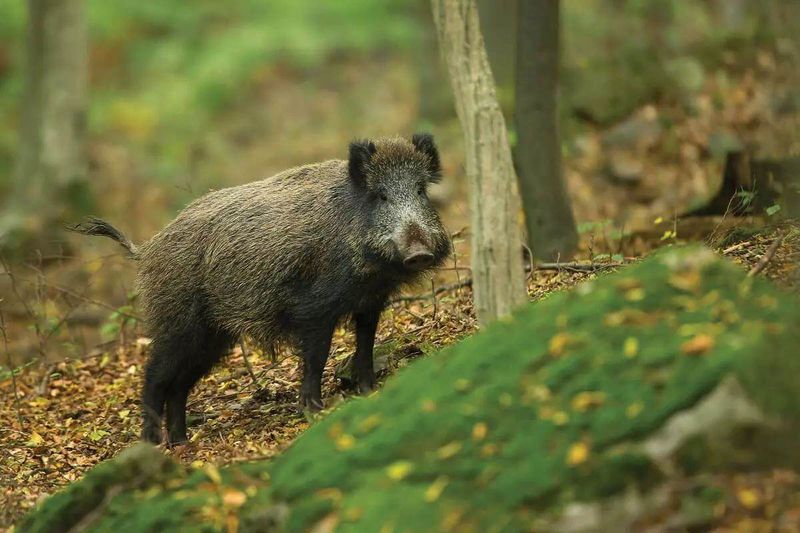
Sound can be a deterrent if used correctly. Clap your hands or speak in a firm voice to signal your presence. The goal is to alert, not provoke.
Wild boars often prefer retreating when they sense humans nearby. By creating noise, you assert your presence, encouraging the boar to move on.
Avoid loud, aggressive noises that might be perceived as a threat. Gentle noise-making serves as a peaceful deterrent, promoting a safe interaction for both parties.
Observe from a Distance
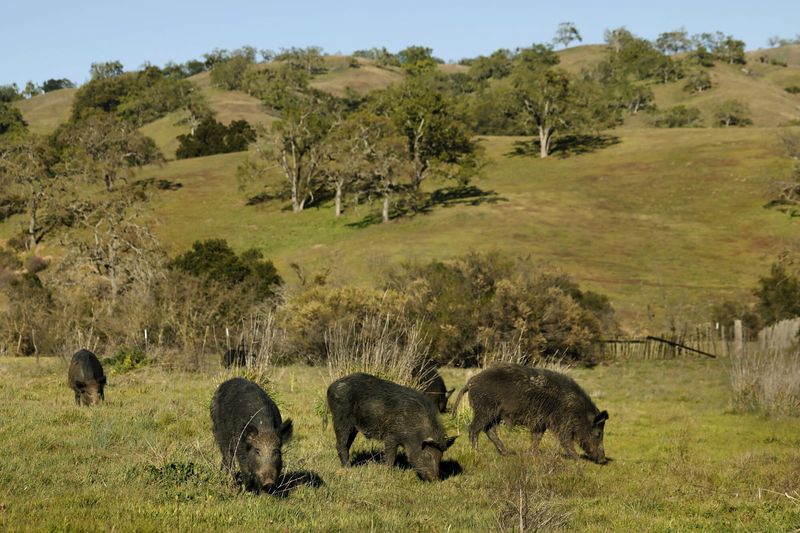
Imagine yourself as an explorer, keeping a respectful distance while observing the wild boar from afar. This not only ensures your safety but also allows you to appreciate the animal’s natural behavior. Use binoculars if necessary.
Keeping a safe distance minimizes the risk of startling the boar, reducing chances of aggression. Aim to maintain a distance of at least 50 meters.
This space gives the boar room to move freely, decreasing its anxiety and allowing you to enjoy your observation without fear. Did you know? Boars have excellent memories and may remember threatening encounters.
Identify Escape Routes
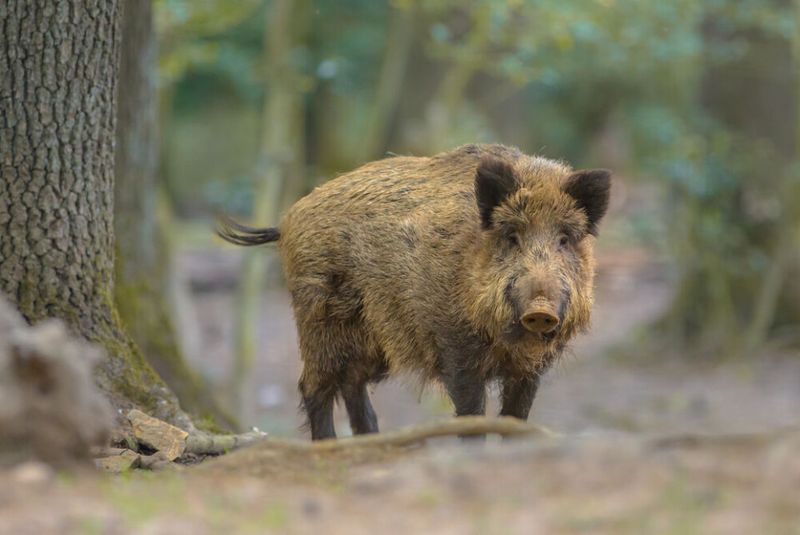
Envision a chess player, always thinking a few moves ahead. As you spot a wild boar, mentally map out your potential escape routes.
Knowing where exits or clear paths are located increases your confidence and readiness to retreat if necessary. This foresight is crucial in staying calm and collected.
Maintain awareness of these routes throughout your encounter. Being prepared helps prevent panic and ensures a safe exit if the boar becomes agitated. Interesting fact: Wild boars can run up to 30 miles per hour, so having your path planned is wise.
Understand Boar Behavior
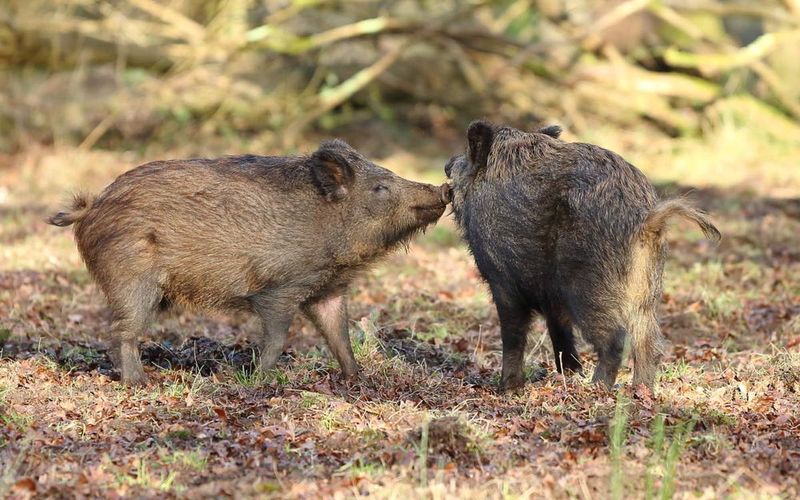
Picture yourself as a wildlife enthusiast, deciphering the language of the boar’s body. Understanding their behavior is like reading a book; it provides insight into their intentions.
Look for signs such as raised hackles or grinding teeth, which indicate stress or aggression. Conversely, a boar that is foraging calmly is likely not a threat.
Learning these cues enables you to react appropriately, reducing the risk of conflict. Did you know? Boars are generally shy creatures and prefer to avoid humans when possible. Knowing this can ease your nerves during an encounter.
Travel in Groups
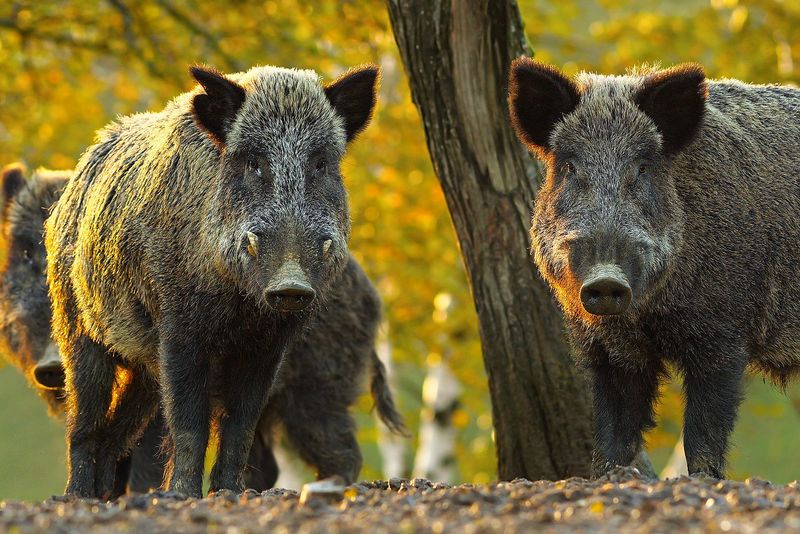
Think of a school of fish, moving in unison for protection. Traveling in a group can deter wild boars from approaching, as they perceive larger groups as potential threats.
Sticking together reduces your chances of a close encounter. The presence of more people means more eyes to spot boars early and more voices to calmly guide each other to safety.
Furthermore, sharing the experience with others can make the outing more enjoyable. Fun fact: Wild boars have a keen sense of smell and are more likely to avoid larger gatherings of humans.
Carry a Whistle
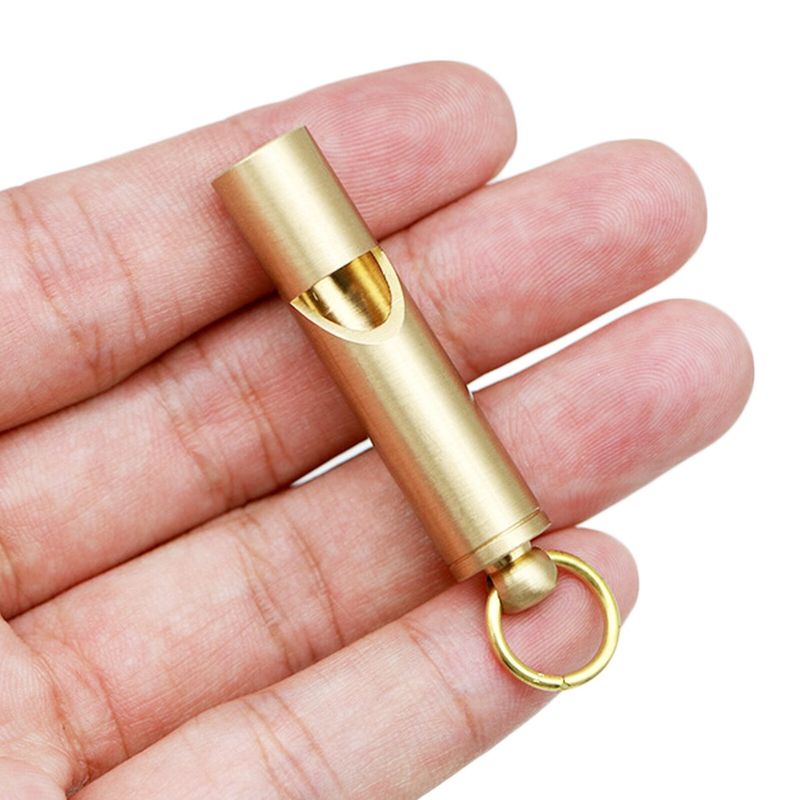
Imagine a lifeguard, always prepared for emergencies. Carrying a whistle can serve as an effective deterrent against a curious or aggressive boar.
The sharp sound of a whistle can startle the animal, providing you with a crucial moment to retreat.
Keep the whistle easily accessible and ensure you know how to use it confidently. Using a whistle responsibly helps protect both you and the boar from unnecessary danger. Intriguing fact: Whistles can carry sound over long distances, making them a reliable tool in the wilderness.

